Wild-Ass Rumor Of The Day: "CadiVolt" ELR To Be Rear-Wheel Drive?
TTAC has long held that GM should have initially sold the Volt as a Cadillac, putting its newest, most high-tech drivetrain in a luxury car that could support its high list price. Of course the bailout made a CadiVolt a touch too elitist, which led to GM canceling production plans for its Converj Concept coupe. But with plans back on to sell a Converj-inspired ELR coupe, a new question arises: can Cadillac really charge significantly more than the Volt’s $40k-ish MSRP without doing more than simply rebodying the Volt in Cadillac’s Art & Science styling? Automotive News [sub]’s Rick Kranz reckons Cadillac could do more, and thinks that the ELR could end up with rear-wheel drive.
Kranz writes:
GM has a new rwd platform that will be shared by the Cadillac ATS, a compact sedan that goes on sale next year. That could be the game changer for the ELR.
But there’s a potential packaging issue with a rwd platform: Can the battery pack be modified so the driveshaft can be positioned below it? I don’t know. The Volt’s T-shaped battery pack is below the rear seats and center console.
Certainly the battery pack could be raised, eating up some space in the passenger compartment. The trade-off would be rear seat comfort, especially headroom, aggravated by the slope of the roof as it approaches the rear of the vehicle.
I find it interesting that the ELR is being touted as a 2+2 instead of a true four-passenger sedan. A 2+2 generally limits rear-seat space to kiddies and grocery bags. There’s no room for adults.
Maybe that’s a signal that the battery pack will be eating up some of the rear-passenger space so the ELR can be offered as a rear-drive coupe.
Kranz is right about one thing: with the Volt as expensive as it is, a CadiVolt needs to be distinctive to sell. But if the battery pack needs to be raised to fit a driveshaft underneath it, the ELR’s handling will certainly be compromised. The Volt is a surprisingly fine-handling car, largely because its huge weight is kept low and central in the body. Raising that huge weight upwards could ruin any handling benefits obtained by rear-drive, making the distinction between the two cars largely academic.
On the other hand, a DOE EV stimulus from 2009 allocated $105m for
Construction of U.S. manufacturing capabilities to produce the second-generation GM global rear-wheel electric drive system.
At the time, that expenditure was something of a mystery, and we still don’t know what it means. But if GM has developed a rear-drive EV platform, that could underpin a rear-drive ELR without the downsides of using the ATS platform. But that’s one Wild-Ass Rumor to be sure…
More by Edward Niedermeyer
Latest Car Reviews
Read moreLatest Product Reviews
Read moreRecent Comments
- W Conrad I'm not afraid of them, but they aren't needed for everyone or everywhere. Long haul and highway driving sure, but in the city, nope.
- Jalop1991 In a manner similar to PHEV being the correct answer, I declare RPVs to be the correct answer here.We're doing it with certain aircraft; why not with cars on the ground, using hardware and tools like Telsa's "FSD" or GM's "SuperCruise" as the base?Take the local Uber driver out of the car, and put him in a professional centralized environment from where he drives me around. The system and the individual car can have awareness as well as gates, but he's responsible for the driving.Put the tech into my car, and let me buy it as needed. I need someone else to drive me home; hit the button and voila, I've hired a driver for the moment. I don't want to drive 11 hours to my vacation spot; hire the remote pilot for that. When I get there, I have my car and he's still at his normal location, piloting cars for other people.The system would allow for driver rest period, like what's required for truckers, so I might end up with multiple people driving me to the coast. I don't care. And they don't have to be physically with me, therefore they can be way cheaper.Charge taxi-type per-mile rates. For long drives, offer per-trip rates. Offer subscriptions, including miles/hours. Whatever.(And for grins, dress the remote pilots all as Johnnie.)Start this out with big rigs. Take the trucker away from the long haul driving, and let him be there for emergencies and the short haul parts of the trip.And in a manner similar to PHEVs being discredited, I fully expect to be razzed for this brilliant idea (not unlike how Alan Kay wasn't recognized until many many years later for his Dynabook vision).
- B-BodyBuick84 Not afraid of AV's as I highly doubt they will ever be %100 viable for our roads. Stop-and-go downtown city or rush hour highway traffic? I can see that, but otherwise there's simply too many variables. Bad weather conditions, faded road lines or markings, reflective surfaces with glare, etc. There's also the issue of cultural norms. About a decade ago there was actually an online test called 'The Morality Machine' one could do online where you were in control of an AV and choose what action to take when a crash was inevitable. I think something like 2.5 million people across the world participated? For example, do you hit and most likely kill the elderly couple strolling across the crosswalk or crash the vehicle into a cement barrier and almost certainly cause the death of the vehicle occupants? What if it's a parent and child? In N. America 98% of people choose to hit the elderly couple and save themselves while in Asia, the exact opposite happened where 98% choose to hit the parent and child. Why? Cultural differences. Asia puts a lot of emphasis on respecting their elderly while N. America has a culture of 'save/ protect the children'. Are these AV's going to respect that culture? Is a VW Jetta or Buick Envision AV going to have different programming depending on whether it's sold in Canada or Taiwan? how's that going to effect legislation and legal battles when a crash inevitibly does happen? These are the true barriers to mass AV adoption, and in the 10 years since that test came out, there has been zero answers or progress on this matter. So no, I'm not afraid of AV's simply because with the exception of a few specific situations, most avenues are going to prove to be a dead-end for automakers.
- Mike Bradley Autonomous cars were developed in Silicon Valley. For new products there, the standard business plan is to put a barely-functioning product on the market right away and wait for the early-adopter customers to find the flaws. That's exactly what's happened. Detroit's plan is pretty much the opposite, but Detroit isn't developing this product. That's why dealers, for instance, haven't been trained in the cars.
- Dartman https://apnews.com/article/artificial-intelligence-fighter-jets-air-force-6a1100c96a73ca9b7f41cbd6a2753fdaAutonomous/Ai is here now. The question is implementation and acceptance.






















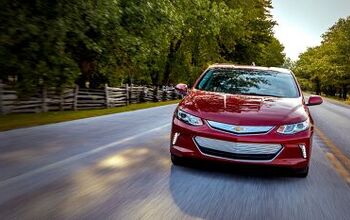
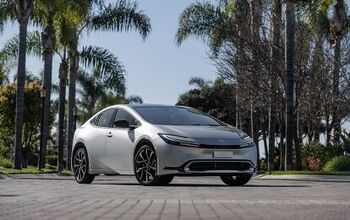
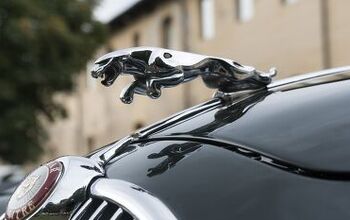
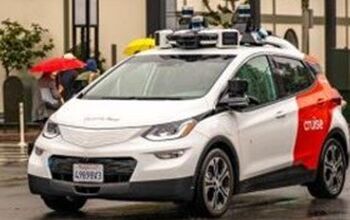


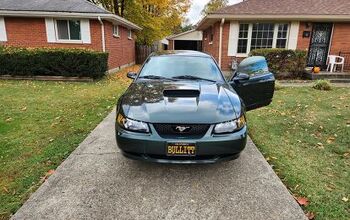
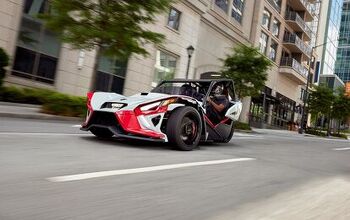


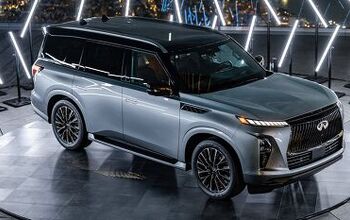

Comments
Join the conversation
A rear-drive plug-in hybrid and a front-drive flagship sedan. That's some solid thinking right there, Cadillac.
As interesting of an idea as it may be, there is one major problem with having the electric motors on the rear wheels (and not the front); stability. You can't recapture as much of the braking energy, which really is responsible for the hybrid's greater efficiency, because the rear tires do much less of the work when slowing a car down in the best of situations, and almost nothing (without skidding the rear end around) when it gets slick. Therefore you get much, much less regen energy back into the batteries from braking, and potentially at the risk of vehicle stability. The Lexus RX hybrid had some of these problems, especially when it was wet or snowy, where the rear wheels would lock up from regen as if the parking brake was pulled, or, conversely, be overpowered by the electric torque when starting off. This is besides the whole "cost of a new platform" argument, when they're still trying to pay off the original. The whole powertrain could move to the back, Corvair-style (which def would be possible with such a huge rear end), but that limits the utility of the hatchback since the front hood height is still limited by driver sight-lines.